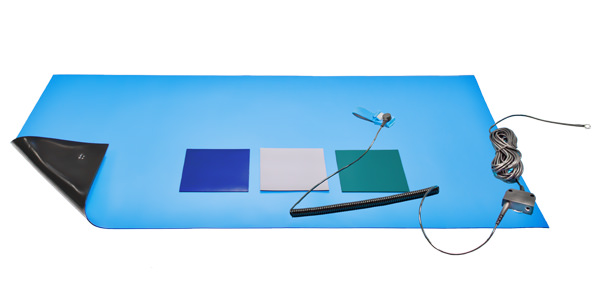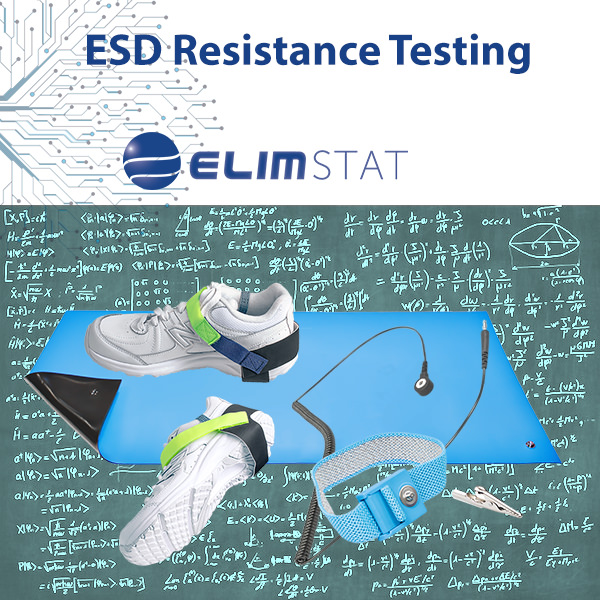
In the United States, the rules for ESD testing are introduced by the ESD Association and adopted by the American National Standards Institute (ANSI). Hence, the standards are “ANSI / ESD” standards.
Standards are developed by working committees in the ESD Association, and then become standards. ANSI / ESD S20.20 is considered the document you would start with to develop an ESD Program at your company or facility.
To implement S20.20 you have to refer to additional documents. In this article, I briefly review some of these you would implement at a facility for workstations and personnel.
1. ESD Mat Requirements
Since static exists on the surface of an object, what we want to test anti static mats for is their ability to dissipate static on their top surface or work surface. Hence the title ANSI / ESD S4.1 Worksurfaces – Resistance Measurements. The standard recommends us to perform two types of tests on the top surface of a mat used for static control: a resistance top-to-top (RTT) test, and a resistance-to-groundable point (RTG) test. You can perform both tests with an ESD meter kit.
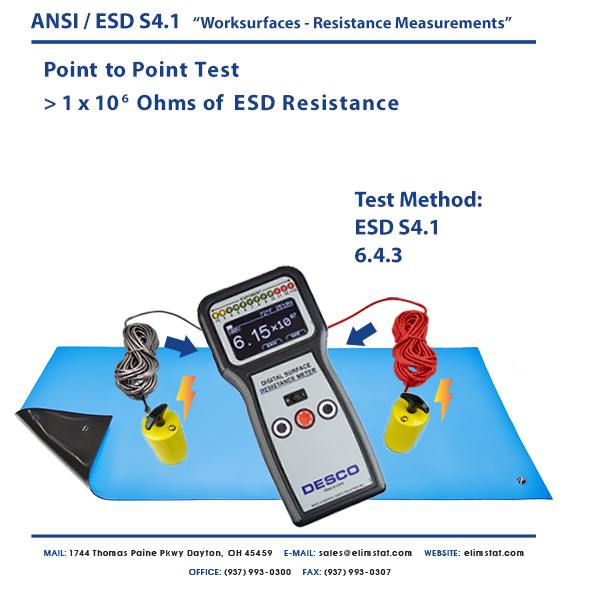
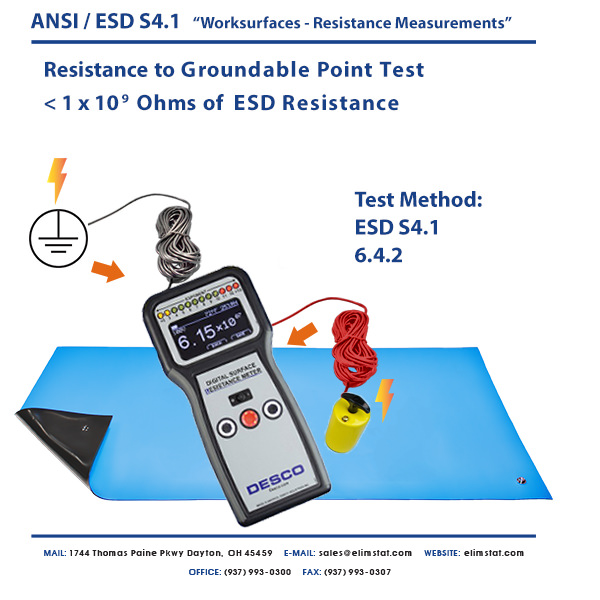
As they state in section 8.0, “these guidelines represent a range of resistance that has generally been proven to provide protection in the manufacturing environment.”
2. ESD Workstation Grounding Requirements
The single most important concept in the field of static control is grounding. Attaching all electrically conductive and dissipative items in the workplace to ground allows built-up electrostatic charges to equalize with ground potential. A grounded conductor cannot hold a static charge.
“ANSI / ESD 6.1 ESD Association Standard for the Protection of Electrostatic Discharge Susceptible Items – Grounding
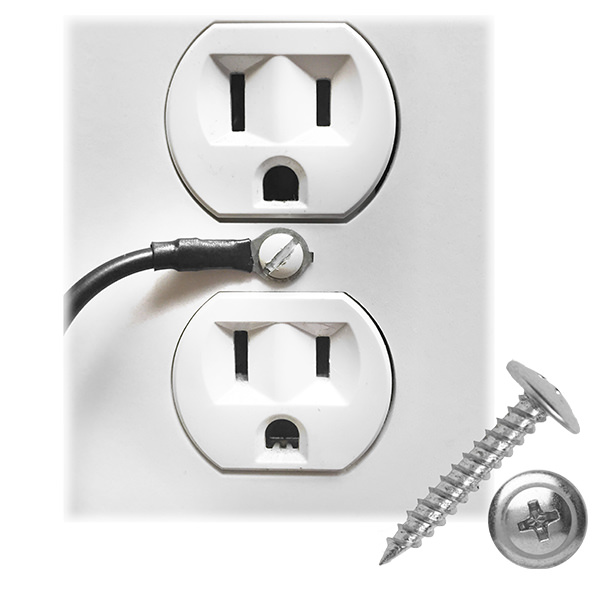
The standard governing workstations
It covers the range of ways that wrist straps, personnel, and mats can be electrically bonded (grounded).
You should connect all grounded people and equipment to an electrical outlet. Electrical outlets follow the piping to the Earth underneath
Grounding Cables end in eyelets so that you can tie them into the outlet. When you are wearing a wrist strap or standing on a mat, the force of gravity draws electrons from your body and mats through the grounding cables into the outlet.
The electrical field underneath the building is now in balance with you.
3. ESD Smock Test Methods and Definitions
Garments used for ESD Safety are defined in ANSI / ESD S20.20 2014 as either a “Static Control Garment”, a “Groundable Static Control Garment”, or a “Groundable Static Control Garment System”.
ESD TR-53 specifies in the Garments section testing that is used for the Compliance Verification Plan Requirements of ANSI/ESD S20.20.
Since ESD clothing is made with carbon woven into it so that it is “static shielding” the primary test of whether or not it qualifies as a “static control garment” revolves around sleeve panel to sleeve panel conductivity.
An ESD meter kit is used to perform resistance top-to-top (RTT), and point-to-groundable point (RTG) tests across the panels of an ESD garment.
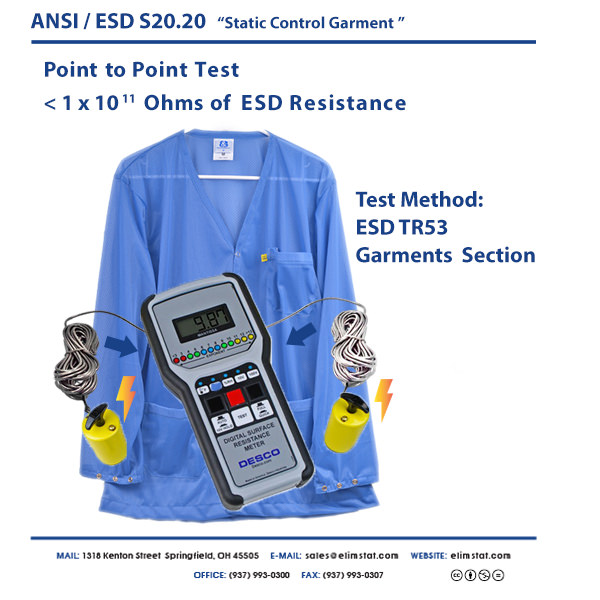

• Place the garment on an insulative support surface with the inside surfaces laying on the specimen support surface (with the front panels opened and laid out as flat as possible; larger garments such as coveralls may not allow this completely).
• Position insulative sleeve inserts into each sleeve (including legs of a coverall) of the garment under test to isolate one side of the fabric from the other.
• Attach cables to the two 5 pound electrodes and place one electrode on one of the garment sleeves directly above the insulative sleeve insert. Place the second electrode on another part of the same sleeve. Apply 10 volts and observe the reading after 5 seconds. If the reading is less than 1.0 x 106 ohms, record the value. If the reading is greater than or equal to 1.0 x 106 ohms, apply 100 volts for a minimum of 15 seconds (or until the reading stabilizes) and record the results.
• Repeat the test for the remaining garment panels as well as the second garment sleeve by moving the second electrode. When measuring the garment sleeves ensure that the electrodes are directly above the insulative sleeve inserts.
4. How to Check ESD Grounding of Wrist Straps and Foot Grounders
ESD TR53‘s Wrist Strap and Footwear sections also specify testing that is used for the Compliance Verification Plan Requirements of ANSI/ESD S20.20. for using heel grounders and wrist straps.
To test you would typically use a combo tester at the entrance to ESD safe work areas.
The testing, therefore, looks for a reading from the wrist strap system of less than 3.5 x 107 (35,000,000) ohms, and a reading from the foot grounder of less than 1 x 109 ohms (1 gigohm).
Since wrist straps and foot grounders are regularly flexed testing their electrical resistance regularly is encouraged.

